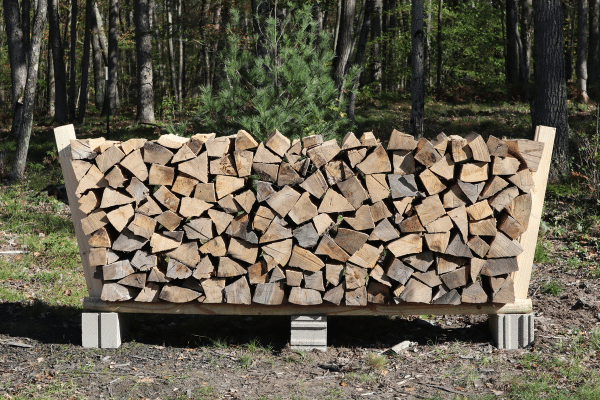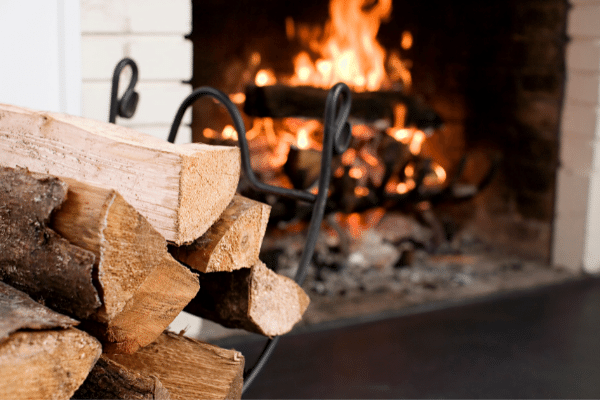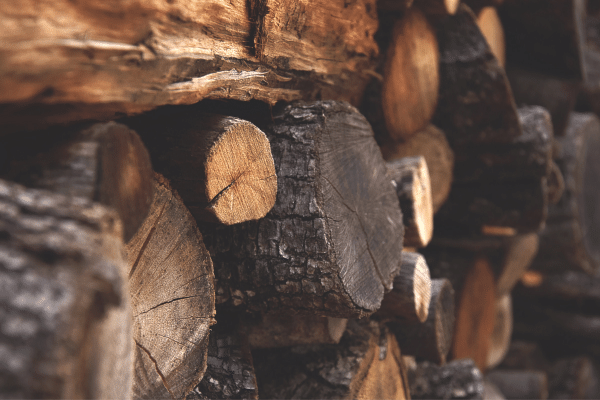- Home
- Storing Firewood
- Is Cottonwood Good Firewood
Is Cottonwood Good Firewood?
This post may contain affiliate links so I earn a commission.
Is cottonwood good firewood to use this winter to heat your home, or to create the perfect campfire?
Firewood has once again become a desired home heating fuel.
Overshadowed in years past by heating oil, electric and propane, firewood has once again become a great way to save on heating costs.
Cottonwood trees are a controversial source of firewood.
They are easy to split (under the right conditions which we'll talk about below) and they have the ability to create a decent amount of heat.
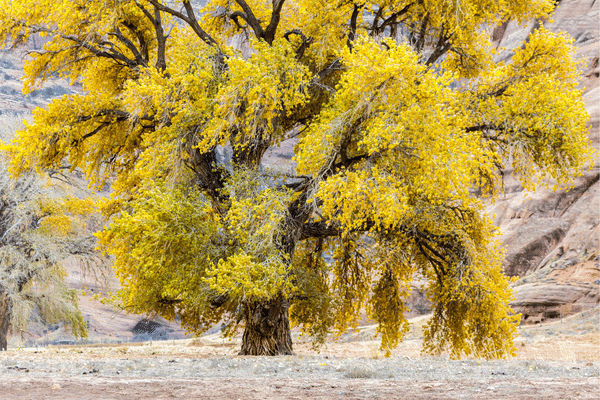
Plus, cottonwood is relatively easy to find too.
Ready to learn more?
Here’s everything you need to know about using cottonwood for firewood.
Cottonwood Trees
Cottonwood is actually a member of the Poplar family as determined by its scientific name, Populus deltoides.
Cottonwood is a common name for several tree species in the genus Populus, usually referring to P. deltoides, P. balsamifera or P. fremontii.
The word "cottonwood" is derived from the tree's abundance of fluffy white seeds that appear in early spring and resemble cotton balls.
These seeds are dispersed by the wind and can travel long distances.
As a result, cottonwoods are often one of the first trees to colonize a disturbed area.
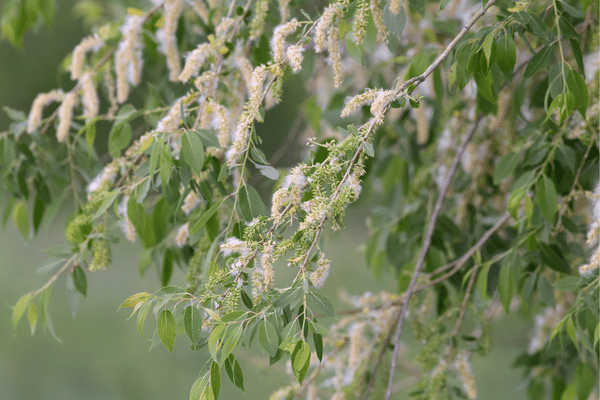
Cottonwood is a widespread species growing in the eastern, central and southwest regions of the United States.
It can also be found in southeastern regions of Canada and northeastern regions of Mexico.
Cottonwood trees are large deciduous trees that can grow up to 50 feet tall and have a wide, spreading canopy.
They are commonly found growing along riverbanks and in other moist areas throughout North America.
In addition to the species’ benefits as firewood, cottonwood trees are an important food source for many animals, including beaver, elk and deer.
The wood is also used for a variety of purposes, such as construction, paper-making and furniture-making.
Is Cottonwood Good Firewood - Tree Characteristics
Cottonwood is a very fast growing tree, sometimes reaching 100 feet in height and five feet in diameter.
One of the most prominent features that can help you to identify cottonwood is in the leaf.
A cottonwood leaf is flat and shaped like a sail, which causes it to look like it is trembling in the slightest breeze.
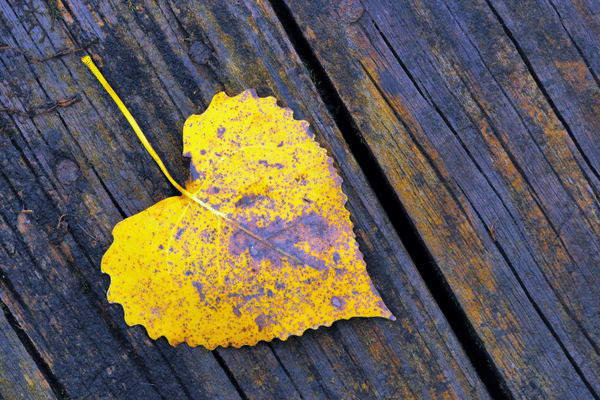
Cottonwood is a large canopied tree and is classified as a deciduous hardwood.
It is considered a “soft” hardwood in that the wood doesn’t have the density or hardness of other hardwood species.
This characteristic is less suitable to some people for use in the building and construction of furniture, but is highly valued by others.
Varieties Of Cottonwood Trees In The USA
Growing in the United States are many species of cottonwood.
The two most notable are Quaking Aspen and Plains Cottonwood.
These are two trees that played a major role in the civilization of the American West, serving as sources for lumber, forage for animals and often as medicinal remedies.
Several other species that are common in the US are:
- Balsam Poplar
- Black Cottonwood
- Eastern Cottonwood
- Lanceleaf Cottonwood
- Narrowleaf Cottonwood
- White Poplar
How Long Does Cottonwood Take To Season?
Cottonwood is a fairly wet tree when first cut down.
Cutting the wood into rounds decreases the drying time considerably, while splitting the logs results in very fast drying firewood.
In most cases, cottonwood is considered well-seasoned after only a year in a stack or woodshed.
How can you tell if cottonwood has been properly seasoned?
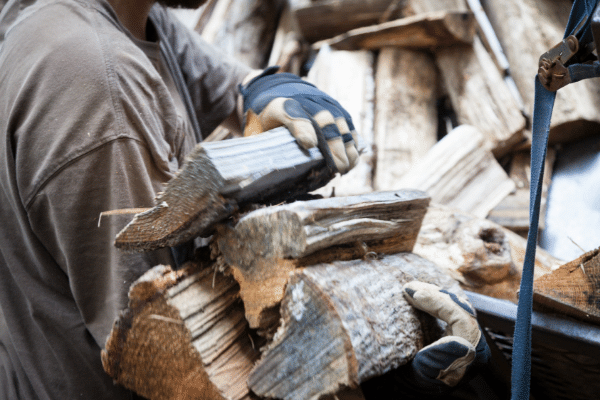
As with many hardwoods used as firewood, cottonwood will take on a darker color and will begin to show splitting, especially on the ends.
Another test to see if wood is dry is to hit two pieces together, end to end.
It should produce a hollow ringing sound.
A final way to determine dryness is just to pick it up.
All hardwoods, and especially cottonwood, become much lighter when seasoned.
Is Cottonwood Sap Messy?
Unfortunately, cottonwood sap is very messy.
The leaf bud of cottonwood produces a very sticky, gelatinous sap which falls to the ground, your home, car, or whatever else may be in the way.
Cleaning cottonwood sap from the skin can be done by rubbing nail polish remover or an alcohol-based hand sanitizer until gone, then simply washing with soap and water to remove the residue left behind.

Removing sap from a car can be done with essentially the same alcohol based hand sanitizer.
Some people have had success also with WD-40.
For windshields and windows, it is advised to use vinegar to eliminate any streaking.
And as with any cleaning product it is always best to thoroughly wash and rinse the car after use of these sap removal products.
How Much Smoke Does Cottonwood Firewood Produce?
Is cottonwood good firewood to burn without creating a lot of smoke?
Cottonwood will produce a very light smoke if seasoned properly.
If it hasn’t been properly seasoned, the smoke will be heavier and denser.
It will also produce a very undesirable smell.
This is true with almost any species of wood.

Wet firewood will smoke and sizzle, creating large amounts of undesirable smoke.
So, if you want a hot, clean burning fire, just make sure you let the firewood dry to a moisture level that's at least 20 percent or below.
To measure moisture content, try using a firewood moisture meter.
They're relatively cheap to buy and they work great for determining the exact moisture content of your wood.
Does Cottonwood Firewood Produce Creosote?
Cottonwood firewood can produce a moderate amount of creosote.
Cottonwood typically burns at a lower temperature than the denser hardwoods, which is the main reason for creosote.
Often, creosote can be kept at a lower amount if firewood is allowed to burn as hot as possible.
To do this, keep drafts open to allow more air.
The only downside to burning a "hot" fire is your cottonwood firewood will burn faster, but this is a much better alternative than a slow burning fire that has a higher risk of forming creosote.
Is Cottonwood Good Firewood To Split?
Cottonwood is a very wet and stringy wood when green.
An axe or a splitting maul will often just bury itself into the block, causing you to have to hit it several times to split the piece.
A mechanical wood splitter is a much better alternative if you have access to one, which will quickly split a piece of cottonwood.
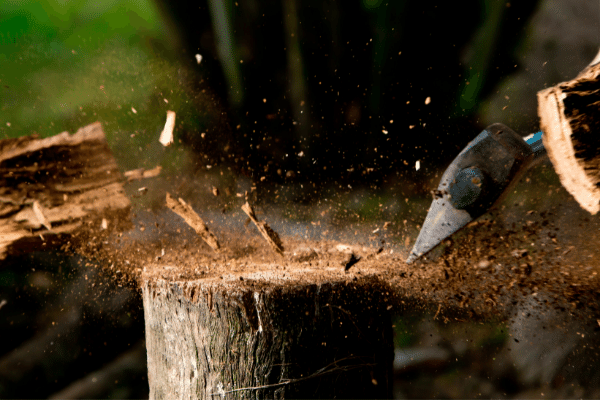
If you don't have a hydraulic splitter and you want to split cottonwood firewood with a splitting axe or maul, just let the rounds dry out for a few weeks (or months if possible) before you split them.
By stacking the rounds off the ground on some pallets or a few pieces of 2x4's, they will dry out and will be much easier to split as opposed to a freshly cut, green piece of cottonwood.
Heat Efficiency And Output Of Cottonwood Firewood
Depending on the specific species, cottonwood produces 14.6 to 17.1 million BTUs of heat per cord of firewood.
Considering that red oak produces over 24 million BTUs per cord, cottonwood tends to be a lesser BTU producing wood than many other hardwoods.
However, this doesn't mean you can't heat your home with cottonwood.
In fact, cottonwood works great when mixed in with other popular hardwood species like maple or ash firewood if you have access to them.
How Does Cottonwood Smell When Burned?
Cottonwood, when burned unseasoned, will produce a very undesirable odor, much like cat urine.
Burning the bark will also contribute to this odor.
Dry cottonwood, when burned fully seasoned, is a very low odor wood, producing a low density smoke.
What To Do With Cottonwood Ashes
Cottonwood ashes from your wood stove are easily disposed of by either simply dumping them, or you can choose to use them to bolster garden soil and compost.
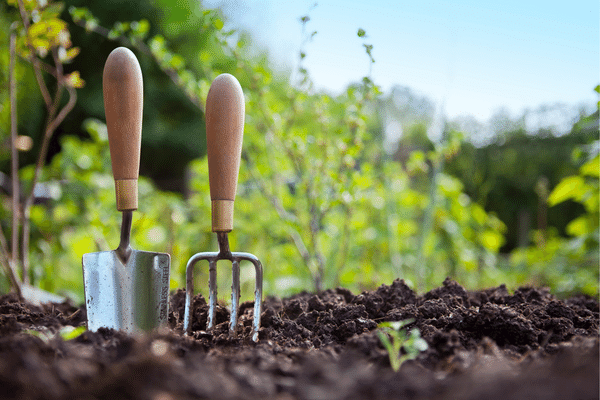
When spread over your garden, wood ash supplies much-needed calcium and potassium, which reduce soil acidity.
When added to compost, ash will break down along with the other organic material, producing a more balanced fertilizer.
Other Uses For Cottonwood
Cottonwood is commonly manufactured into lumber.
Cottonwood logs are often sawed into lumber that is suitable for rough framing and also valuable moldings and trim.
Cottonwood lumber has a great deal of strength and it's easy to work with.
It's typically a lower-priced hardwood used in pallets, crates, and other industrial type uses.
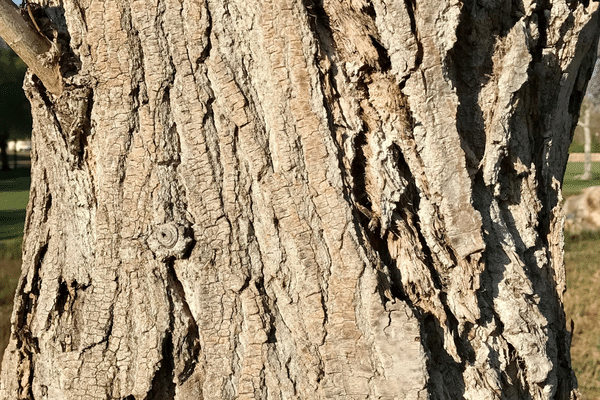
Cottonwood is also a major component in plywood panels of lower cost.
Is Cottonwood Good Firewood To Buy?
As with any firewood, the most common place to buy will be private vendors near your location.
Some firewood vendors may not carry cottonwood as it is a lower-value, less common firewood species.
That said, if you’re lucky enough to find a vendor who deals in cottonwood, you may be able to get it at a reduced price for this reason.
Contrary to some of its critics, cottonwood is a great firewood for people in the northern United States.
The wood is easy to split (if it's dry or with a hydraulic wood splitter) and has a decent heat output.
If you’re looking for a good, all-purpose firewood that will work well in most climates, cottonwood is a good choice.
